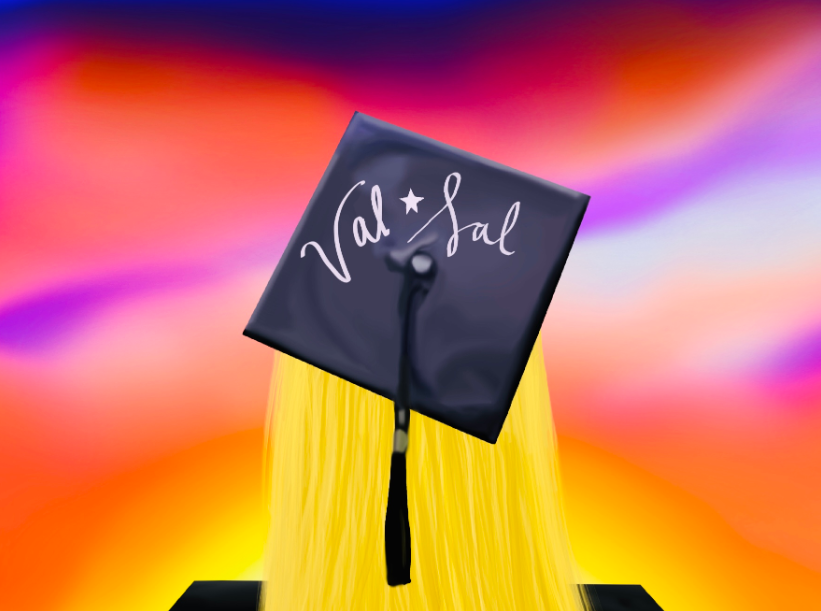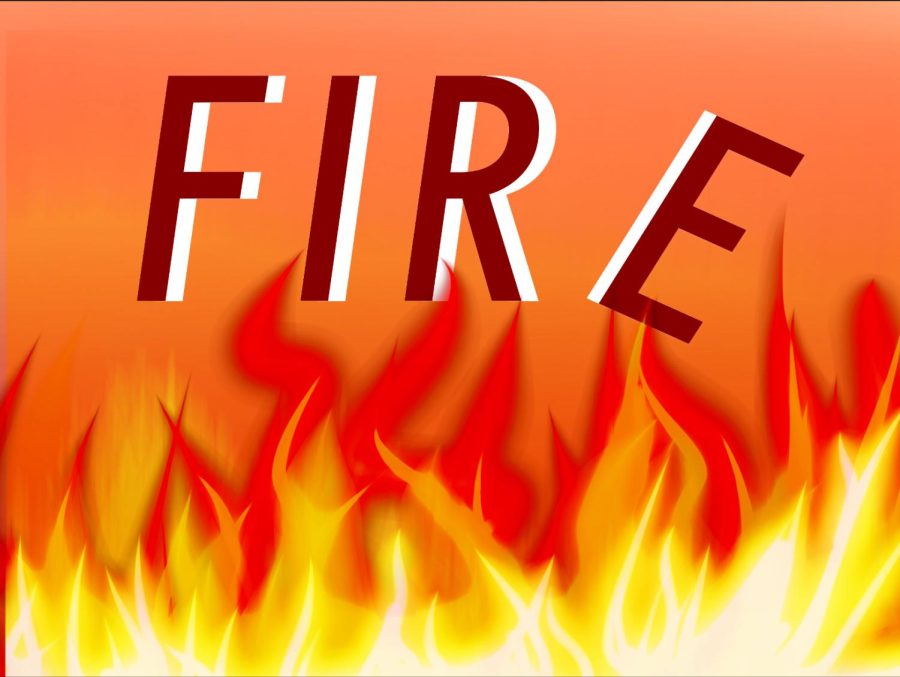
It’s no secret that Foothill is obsessed with test scores. The 906 test score posters, the balloons – the rallies.
The administration advertises the yearly test scores as if they are the entire summation of the worth of the students in attendance. Every year, students wait with bated breath hoping for their yearly reward for high results, the administration waits for affirmation that they are continuing to perform to state standards, and the press writes glowing articles about how well the school is doing.
One big cycle of self-assurance. But what does the testing really tell about our school? And should we still be called Foothill Technology High School? Because the truth is, when analyzed by subject area and compared to other schools in the state, test results show emphatically that Foothill has stronger English and history programs than math and science.
By any measure, Foothill is one of the elite schools in California. We are all familiar with our new 906 API score, a rise of seven points from last year. That is not in question. But that score is misleading if test scores are truly the measure of a school, as this administration seems to suggest.
On the 2009-10 STAR tests in English, the 9th grade was ranked 34th in the state, 10th grade 27th and the 11th grade 23rd out of all tested high schools in California. Even more impressive, Foothill excels in history. Sophomore world history was ranked 8th, and 11th grade US history 3rd highest public school in the state.
These statistics are taken out of 1,678 high schools in the state of California, complied by SchoolDigger.com, founded in 2006 to provide accurate test results to parents. The site states: “[The] database contains detailed profiles for over 136,000 schools in every state in the US, including 20 years of enrollment data, several years of test scores, crime data, real estate data, and everything our team hopes is useful in helping you make better school choices.”
However in math, Foothill’s rankings fall short. Freshman geometry ranked 164th, 10th grade algebra II ranked 78, and 11th grade summative mathematics 105th.
Having the word ‘technology’ in the title of our school suggests that we emphasize technology in our curriculum and culture. This is true, to an extent. We integrate technology into lessons with PowerPoints, video clips, and an online newspaper. We have a basic computer course for freshmen and computer-based electives.
Given Foothill’s emphasis on attending college following graduation, one might also conclude that Foothill seeks to give students a strong foundation in math as well as English.
In science, Foothill performs relatively worse than in math. Freshman biology ranked 273rd, 10th grade chemistry 273rd, 11th grade biology 67th, and 11th grade physics came in at 171st.
Between the freshman biology scores and the eleventh grade scores, there is a big rankings boost. It should be noted, however, that juniors given the biology test in May at Foothill are honors and AP students covering rigorous cirriculum far above the level tested by the state, which does provide a distinct advantage.
Foothill has a BioScience Academy and extols the virtues of the school’s science curriculum. The school’s laboratory science requirement is a year more than the A-G requirement of one year to attend a state university. Clearly, the problem is not a lack of courses.
Perhaps the problem is the block scheduling. One of the staples of Foothill is the block schedule, with longer classes every other day. This alternating schedule has been shown to be quite beneficial in the humanities, offering more time for in-depth discussion and writing.
However, for courses like math and Spanish (which is not measured on California’s standardized tests), some have suggested a daily class would provide better results. Foothill’s Spanish courses focus on teaching through immersion, which studies show works best with frequent reinforcement.
It could be that the block schedule is the reason for the lower scores in math. However, the schedule alone would not explain the relatively lower results in science. As mentioned earlier, the BioScience academy represents Foothill’s commitment to science, specifically science and the medical field. Other schools in the state focus only on the basics – that is, English and math skills – to meet state requirements. The sciences are structured similarly to the humanities, apart from physics, in that a traditional bell schedule does not seem to have any benefit. The cause of the low scores in this area is unknown.
It seems that logically, the needs of the administration and students would be best met by looking at education as parts of a whole, not as one homogeneous issue to tackle. What, exactly, helps students learn math and science? Clearly, the current method of teaching English and History at Foothill is working for those subjects, but something in the school’s approach to math and science is not working as well.
Foothill needs to examine all avenues and determine what will work to improve our math and science programs.
Editor’s Note: This article was updated at 11:30 am on Sept. 30, 2010, to include the overall number of schools ranked and information about the source.







